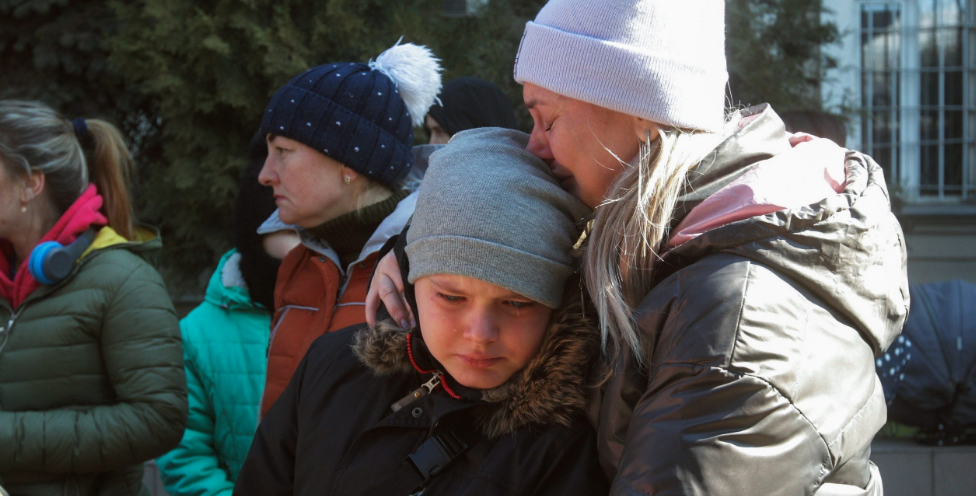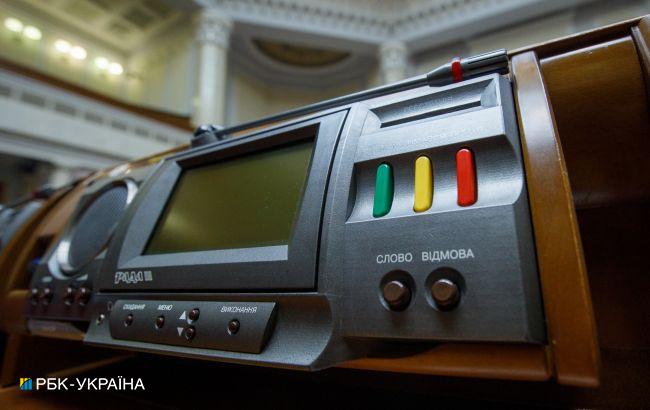Array
(
[count_posts] => 1
[cache_key] => Query_Posts::global::uk::YTo1OntzOjQ6ImxhbmciO3M6MjoidWsiO3M6NzoiZG9tYWlucyI7YToxOntpOjA7czo0OiJsaWZlIjt9czo2OiJvZmZzZXQiO2k6MDtzOjk6InRheF9xdWVyeSI7YToxOntpOjA7YTozOntzOjg6InRheG9ub215IjtzOjg6InBvc3RfdGFnIjtzOjU6ImZpZWxkIjtzOjI6ImlkIjtzOjU6InRlcm1zIjthOjE6e2k6MDtpOjQzMzk0O319fXM6MTE6ImFmdGVyTG9ja2VyIjtpOjA7fQ==
[has_result] => 1
[posts] => Array
(
[0] => Array
(
[id] => 50929
[content] =>
Протягом принаймні наступних 100 років Земля точно не зіткнеться з особливо небезпечним астероїдом, – оголосили в Космічному агентстві США (NASA) на основі останніх телескопічних спостережень
Астероїд під назвою Апофіс тричі наближатиметься до Землі протягом наступних ста років – у 2029, 2036 і 2068 роках. До цього часу вже було відомо, що перші дві зустрічі не несуть загрози для нашої планети, але останні спостереження свідчать про те, що 340-метрова космічна скеля також омине Землю і в 2068 році.
Зіткнення 2068 року вже не є варіантом, і наші розрахунки показують, що не існує ризику зіткнення принаймні ще 100 років – йдеться в повідомленні NASA.
Після нещодавніх досліджень космічне агентство офіційно вилучило небесне тіло зі свого списку небезпечних астероїдів. Вченим вдалося краще вивчити Апофіс, вперше помічений у 2004 році, у березні, коли він обертався навколо Сонця відносно близько, за 17 мільйонів кілометрів від Землі. Астрономи матимуть можливість більш детально розглянути астероїд 13 квітня 2029 року, коли той буде знаходитися всього за 32 000 кілометрів від Землі.
[type] => post
[excerpt] => Астероїд Апофіс принаймні на 100 років виключений зі списку небезпечних для Землі
[autID] => 3
[date] => Array
(
[created] => 1617111660
[modified] => 1617110115
)
[title] => Астероїд Апофіс принаймні на 100 років виключений зі списку небезпечних для Землі
[url] => https://life.karpat.in.ua/?p=50929&lang=uk
[status] => publish
[translations] => Array
(
[hu] => 50795
[uk] => 50929
)
[trid] => kri2709
[aut] => viktoriya
[lang] => uk
[image_id] => 50797
[image] => Array
(
[id] => 50797
[original] => https://life.karpat.in.ua/wp-content/uploads/2021/03/apophis.jpg
[original_lng] => 138698
[original_w] => 1000
[original_h] => 675
[sizes] => Array
(
[thumbnail] => Array
(
[url] => https://life.karpat.in.ua/wp-content/uploads/2021/03/apophis-150x150.jpg
[width] => 150
[height] => 150
)
[medium] => Array
(
[url] => https://life.karpat.in.ua/wp-content/uploads/2021/03/apophis-300x203.jpg
[width] => 300
[height] => 203
)
[medium_large] => Array
(
[url] => https://life.karpat.in.ua/wp-content/uploads/2021/03/apophis-768x518.jpg
[width] => 768
[height] => 518
)
[large] => Array
(
[url] => https://life.karpat.in.ua/wp-content/uploads/2021/03/apophis.jpg
[width] => 1000
[height] => 675
)
[1536x1536] => Array
(
[url] => https://life.karpat.in.ua/wp-content/uploads/2021/03/apophis.jpg
[width] => 1000
[height] => 675
)
[2048x2048] => Array
(
[url] => https://life.karpat.in.ua/wp-content/uploads/2021/03/apophis.jpg
[width] => 1000
[height] => 675
)
[full] => Array
(
[url] => https://life.karpat.in.ua/wp-content/uploads/2021/03/apophis.jpg
[width] => 1000
[height] => 675
)
)
)
[video] =>
[comments_count] => 0
[domain] => Array
(
[hid] => life
[color] => red
[title] => Життя
)
[translation_required] => 2
[views_count] => 2084
[translation_required_done] => 1
[_thumbnail_id] => 50797
[_edit_lock] => 1617099315:3
[_oembed_bd39ac5df12454249f396945877c10ae] => Studies confirm there is no risk of asteroid 99942 Apophis impacting Earth for at least another century. Originally identified in 2004, new data have better defined the orbit of Apophis, putting astronomers at ease. Learn more: https://t.co/6a7zxeSLYF pic.twitter.com/EX8KXlXpWP
— NASA (@NASA) March 26, 2021
[_oembed_time_bd39ac5df12454249f396945877c10ae] => 1617099314
[_edit_last] => 3
[_oembed_889c10879d516d9338910ef37fe5199c] =>
[_oembed_time_889c10879d516d9338910ef37fe5199c] => 1652263272
[_oembed_4f1d7dead0338c2febbcc7175aa8cf16] =>
[_oembed_time_4f1d7dead0338c2febbcc7175aa8cf16] => 1665677360
[_oembed_2d2ac8182e088be0603307040c49ae1c] => We've been tracking a new asteroid named 2023 DW that has a very small chance of impacting Earth in 2046. Often when new objects are first discovered, it takes several weeks of data to reduce the uncertainties and adequately predict their orbits years into the future. (1/2) pic.twitter.com/SaLC0AUSdP
— NASA Asteroid Watch (@AsteroidWatch) March 7, 2023
[_oembed_time_2d2ac8182e088be0603307040c49ae1c] => 1679640821
[_oembed_c9b0f47a5b17f97903ac79c06834d189] => Studies confirm there is no risk of asteroid 99942 Apophis impacting Earth for at least another century. Originally identified in 2004, new data have better defined the orbit of Apophis, putting astronomers at ease. Learn more: https://t.co/6a7zxeSLYF pic.twitter.com/EX8KXlXpWP
— NASA (@NASA) March 26, 2021
[_oembed_time_c9b0f47a5b17f97903ac79c06834d189] => 1719950375
[_oembed_bbaa5e9608be3201e8888db00e0ebbef] => We've been tracking a new asteroid named 2023 DW that has a very small chance of impacting Earth in 2046. Often when new objects are first discovered, it takes several weeks of data to reduce the uncertainties and adequately predict their orbits years into the future. (1/2) pic.twitter.com/SaLC0AUSdP
— NASA Asteroid Watch (@AsteroidWatch) March 7, 2023
[_oembed_time_bbaa5e9608be3201e8888db00e0ebbef] => 1719950375
[labels] => Array
(
)
[categories] => Array
(
[0] => 51
[1] => 37
[2] => 43
[3] => 574
)
[categories_name] => Array
(
[0] => Новини
[1] => Світ
[2] => Статті
[3] => Цікаве
)
[tags] => Array
(
[0] => 43394
[1] => 16858
)
[tags_name] => Array
(
[0] => Апофіс
[1] => астероїд
)
)
)
[model] => Array
(
[lang] => uk
[offset] => 0
[tax_query] => Array
(
[0] => Array
(
[taxonomy] => post_tag
[field] => id
[terms] => Array
(
[0] => 43394
)
)
)
[afterLocker] => 0
)
[_model] => Array
(
[lang] => uk
[domains] => Array
(
[0] => life
)
[offset] => 0
[tax_query] => Array
(
[0] => Array
(
[taxonomy] => post_tag
[field] => id
[terms] => Array
(
[0] => 43394
)
)
)
[afterLocker] => 0
)
[domains] => Array
(
[0] => life
)
[_domains] => Array
(
[life] => 1
)
[status] => 1
[from_cache] =>
)









